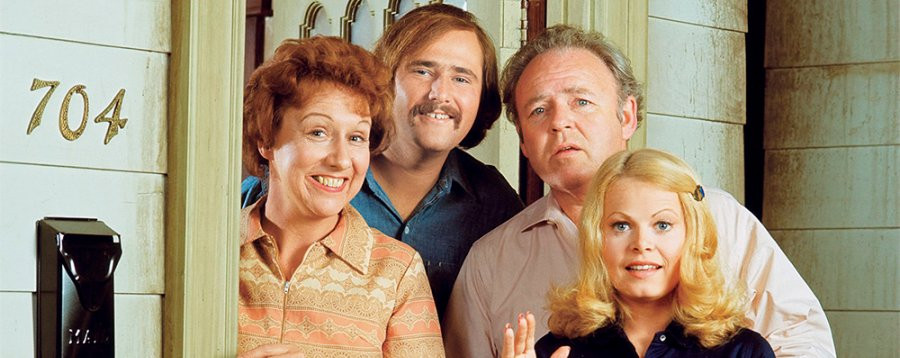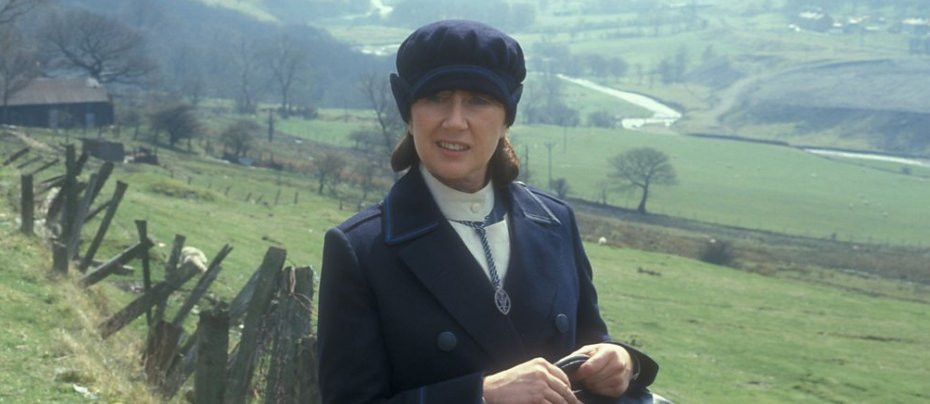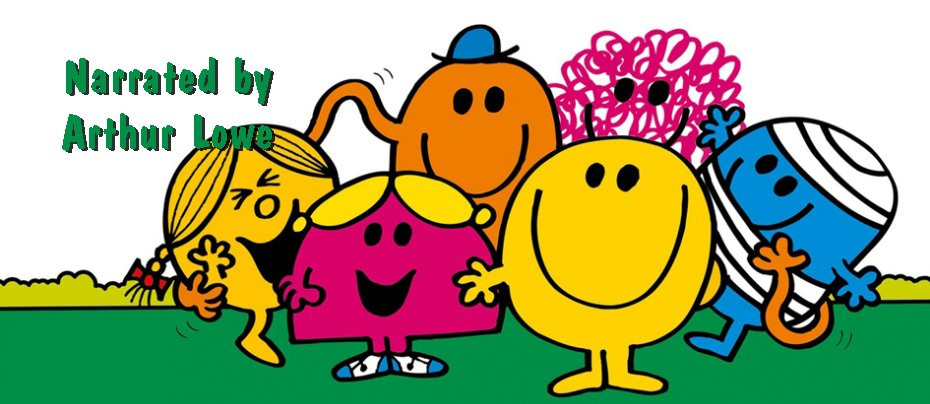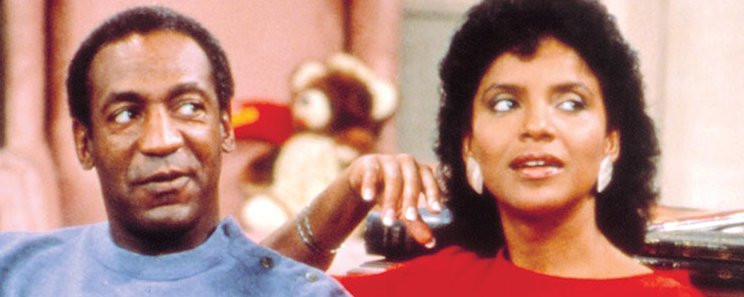
Chance in a Million
1984 - United KingdomOne of the earliest situation comedy successes for the then-nascent Channel 4, Chance in a Million carved out a distinctive niche with its offbeat premise and wonderfully eccentric central characters. First broadcast in the mid-1980s, the series followed the misadventures of Tom Chance, a peculiarly unlucky—or perhaps curiously gifted—man whose life is governed not by logic or reason, but by the wild whims of coincidence and improbability.
Played with exuberant warmth and comic precision by the ever-expressive Simon Callow, Tom is an otherwise ordinary and well-meaning man who has, since birth, been burdened with an extraordinary and utterly unnatural ability to warp the laws of probability to absurd extremes. For Tom, the bizarre is entirely routine: a day without random disaster, improbable encounters, or being mistakenly arrested is a rare thing indeed. His existence is less a straight path than a chaotic stumble through a minefield of chance happenings, each more ludicrous than the last.
Among the many surreal episodes in Tom’s life, one stands out: his first meeting with the awkwardly sweet librarian Alison Little, played with gentle charm by Brenda Blethyn. What begins as an unlikely date soon snowballs into a chain of improbabilities that ends with the pair being arrested—wrongly, of course—for housebreaking while dressed only in their underwear. For Tom, such indignities are par for the course; so frequent are his encounters with the law that the exasperated local police sergeant eventually instructs his officers to stop arresting him altogether—no matter the circumstances.
The show’s success lies not only in its brilliantly farcical scripts, penned by creators Andrew Norris and Richard Fegen, but in its ability to anchor the outrageous in relatable human emotion. Norris and Fegen would later go on to create The Brittas Empire for the BBC, introducing another unforgettable (though far less likeable) figure of chaos in the form of Gordon Brittas. Yet in Tom Chance, they struck a perfect balance between absurdity and humanity—a man you could laugh at, but also feel for.
Credit is also due to director and producer Michael Mills, whose steady hand ensured the series remained charmingly surreal without ever tipping into pure nonsense. The scripts teetered on the brink of the unbelievable, but the emotional core—grounded in Tom and Alison’s developing romance—kept everything delightfully watchable.
It was the inspired casting of the central duo that truly elevated Chance in a Million. Simon Callow, already an established stage actor and later a successful author, brought an infectious energy and a touch of theatrical bravura to Tom, making his improbable world seem strangely plausible. There was a childlike innocence to his portrayal—a man bewildered by fate but determined to muddle through with good humour and optimism. Opposite him, Brenda Blethyn’s Alison provided the perfect foil: quietly intelligent, sweetly self-conscious, and gradually drawn into Tom’s whirlwind world with touching loyalty.
Their on-screen chemistry gave the series a layer of tenderness and emotional warmth that resonated deeply with audiences. Amid the absurdity, the viewer was invited to root for Tom and Alison—not just as comic characters, but as a couple navigating life’s unpredictability together.
Though Chance in a Million ran for only three series, it left a lasting impression. Its unique blend of surreal comedy, romantic warmth, and whimsical improbability makes it a true cult classic of British television. And at its heart, it remains a celebration of the kind of strange, unpredictable fate that can change a life—or, indeed, spark a love story—in the blink of an eye.
Seen this show? How do you rate it?
Seen this show? How do you rate it?
Published on December 3rd, 2018. Marc Saul.










